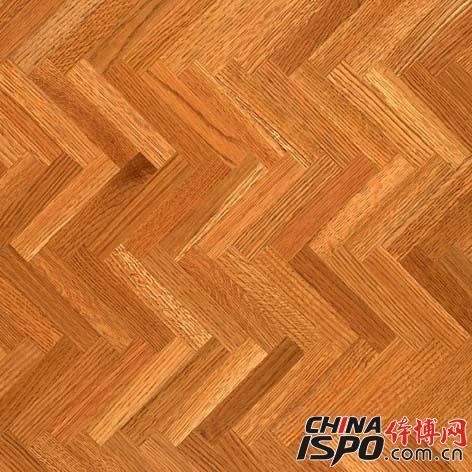Advantages of Floor Heating Wood Flooring: 1. Significantly enhances the dimensional stability of sports wood flooring, offering unique material benefits that break away from traditional wooden floors. Even in poor environmental conditions, the floor structure remains stable and does not warp or deform. 2. Provides complete protection against fire, corrosion, and moisture. It also effectively reduces damage caused by temperature fluctuations, ensuring the structural integrity of the sports floor over time. 3. Features a more robust construction, significantly reducing structural damage and extending the product's lifespan. The use of high-quality materials and a well-designed structure improves cost-effectiveness. The unique concave nest design ensures safety during sports activities while enhancing performance. In cases of strong impact, the surface layer absorbs shocks, reducing pressure on athletes' feet and joints, thus helping to prevent injuries. 4. Floor heating increases the usability of wood flooring, making it an economical choice for venues. With flexible structural designs, different shock absorption requirements for various sports teams can be met, allowing multiple sports events to take place in the same space efficiently. Key Considerations When Choosing Warm Sports Flooring: 1. Fast Heat Transfer Not many brands on the market offer high heat transfer coefficients. Consumers should pay attention to this feature when purchasing. Products with higher coefficients generally perform better in terms of heat conduction. 2. Excellent Dimensional Stability This depends on the density of the substrate and internal bonding strength. The stronger the internal bonding, the better the floor can withstand temperature changes without cracking. Only wood with a dense structure can maintain its shape under prolonged high temperatures without warping or deforming. 3. Resistance to Humidity This is measured by the water absorption thickness expansion rate. For radiant floor heating systems, the expansion rate should be 2.5% or less in high-humidity environments. The lower the expansion rate, the better the moisture resistance. 4. Low Formaldehyde Emission It’s crucial that formaldehyde emissions do not exceed safe standards, especially under prolonged heating. High temperatures can increase formaldehyde release, which can be harmful if indoor air quality is compromised. Always choose low-formaldehyde flooring to ensure a safer environment, especially in enclosed spaces where other sources of formaldehyde may exist. Silicone Baking Mat,Cookie Baking Mat,Silicone Baking Pastry Mat,Grill Cooking Mat Changshu Xinneng Silicone Products Co., Ltd. , https://www.xnsilicone.com